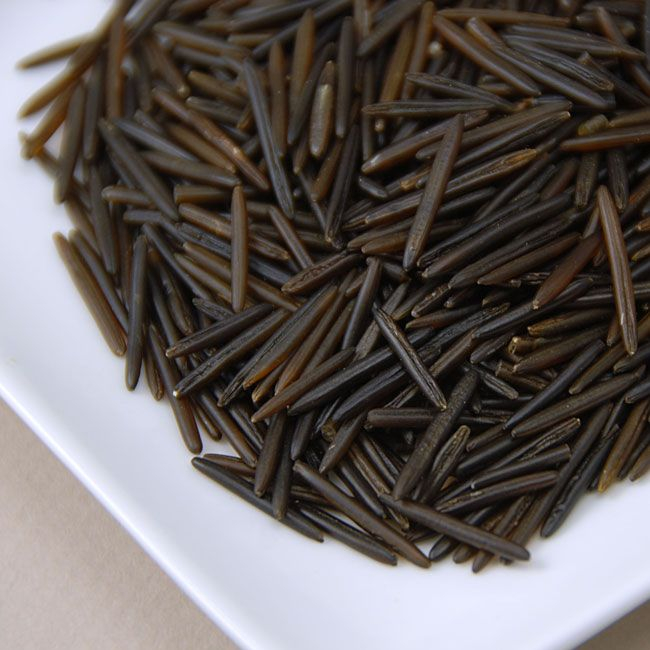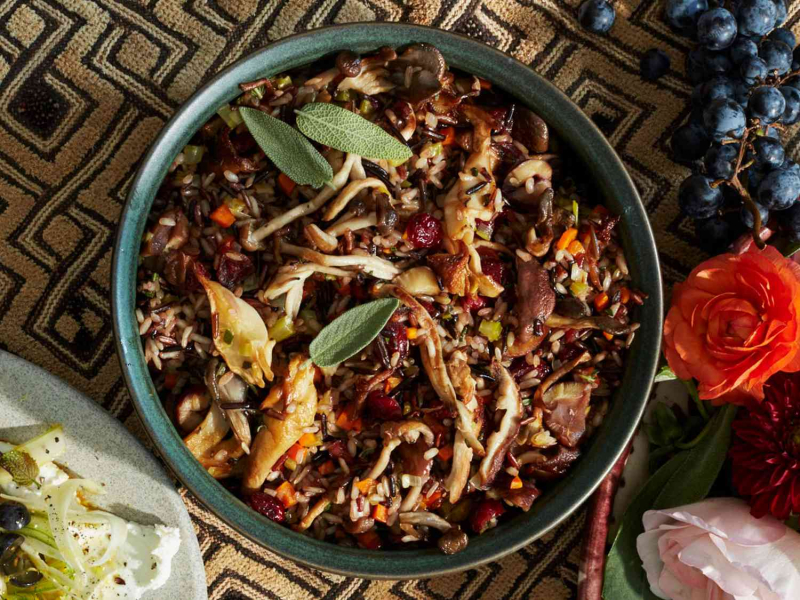Wild Rice

The Upper Great Lakes region of the United States is where wild rice, which is actually a species of grass, first appeared. It is typically offered as dried whole-grain rice and is frequently farmed near lakes and rivers. When cooked, wild rice's skin cracks and curls up to show the grain's white interior. Wild rice's toasted flavor makes it a fantastic addition to vegetable pilaf, or you may combine it with nuts and dried fruit. It has low-fat content, is devoid of gluten, and is rich in protein, lysine, and fiber.
Wild rice contains more protein than regular rice and many other grains. A 3.5-ounce (100-gram) serving provides 4 grams of protein, twice as much as regular brown and white rice. Although not a rich source of protein, wild rice is considered a complete protein source - containing all nine essential amino acids. They're also rich in quality fiber, providing about 1.8 grams of fiber per 3.5-ounce (100-gram) serving. Organic Wild rice is considered “the superfood of the 21st century” with many health benefits. You can easily find it in the grocery store and online, but it is one of the more expensive rice options.











